Is it what they are spraying in the skies?
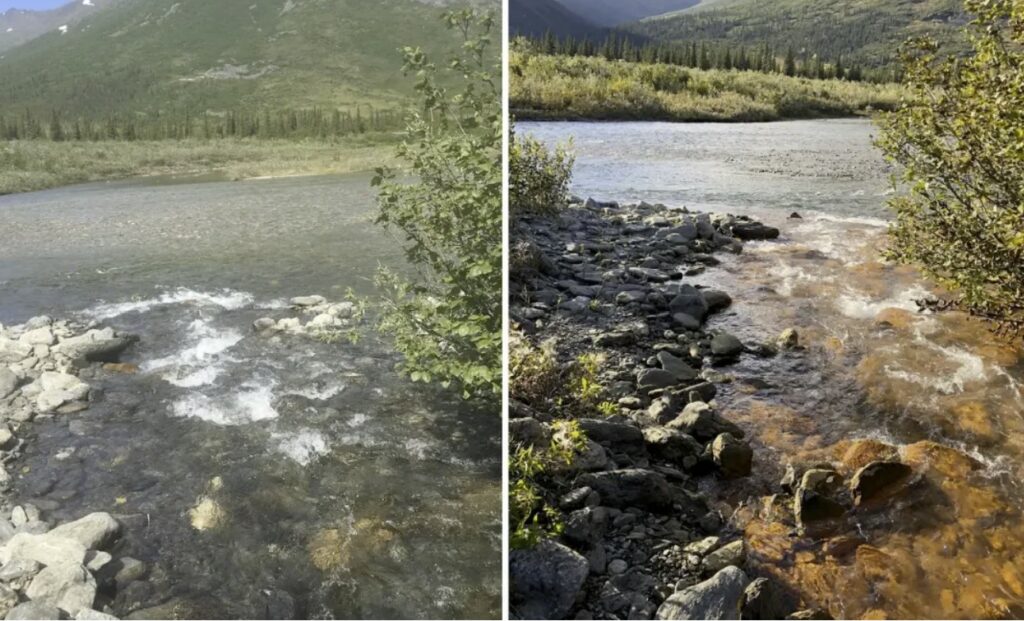
“In a lifetime of descending rivers,” John McPhee wrote of Alaska’s Salmon River, “this was the clearest and the wildest river.”
The writer who toured the Salmon in 1975 might not recognize it today. Its clear waters have turned orange.
Located in the northwest of the state, the Salmon isn’t Alaska’s only orange river.
“At this point, we have over 75 streams that have been observed as orange,” Joshua Koch, a research hydrologist with the US Geological Survey, told Business Insider.
From the Chukchi Sea on Alaska’s west coast to the Beaufort Sea near the Canadian border, watercourses look like they’re rusting.
Seeing orange from the skies
Koch began monitoring Alaskan streams in 2015. In 2019, he first saw formerly translucent water turn orange.
He and his colleagues spoke with pilots and looked at satellite images and learned this wasn’t an isolated incident.
“It’s not the same everywhere,” he said, “but certainly we see that certain years — 2018 and 2019 — seemed to be sort of a trigger where after that period or during that period, a large number of streams started to be impacted by this orange discoloration.”
A tributary of the Salmon River in Alaska with orange water flowing in
Orange water flows into a tributary of the Salmon River in Kobuk Valley National Park, Alaska. Michael Carey/US Geological Survey
Now geologists, ecologists, and other scientists — from the US Geological Survey, the National Park Service, the University of California at Davis, Alaska Pacific University, and the University of Alaska in Anchorage — are all trying to figure out the rusty river mystery.
The melting permafrost
Even before researchers knew about the orange waters, they realized northern Alaska was rapidly changing.
“The Arctic is warming about four times faster than the rest of the planet,” Koch said.
Exactly what’s changing the streams isn’t simple to determine. It could be a number of factors, from warmer summers melting permafrost to erosion.
“A lot of the work is to try to gather all of these variables in order to come up with an explanation because there are lots of overlapping processes,” Koch said.
One hypothesis is that as the permafrost thaws, it allows water that once couldn’t get deep into the soil to run over rocks and transport minerals to the streams. Researchers now continuously monitor throughout the summer months to see how the mineral concentrations change, Koch said.
Map of locations and three images of orange rivers in Alaska
The Arctic Inventory and Monitoring Network mapped locations of orange streams, and aerial photos show how easy they are to spot because of their brightness. Carson Baughman/US Geological Survey; Kenneth Hill/National Park Service
“We talk a lot about iron because it’s the visible change,” he said. “It’s bright orange.”
Satellite images can direct the scientists where to look next. When they find a newly orange stream and start testing, they usually learn it’s not just high in iron.
“We see other metals, including aluminum and manganese and zinc, are all elevated,” Koch said.
They often find sulfate in much higher concentrations than in clear streams. And the pH can be as low as 2, Koch said. It’s as if they’re flowing with lemon juice or vinegar.
Those acidic waters are terrible for the ecosystems.
When scientists went to the orange streams to count fish, insects, algae, and other aquatic life, “biodiversity just crashed,” biologist Mike Carey told Scientific American.
“The fish were totally gone,” Koch told BI.
The streams Koch monitors near the Brooks Range are fairly remote, but the rivers they feed into provide fish for human communities in this region. “That is definitely something that we are thinking about,” he said.
It’s still early in the project, which is why there’s so much uncertainty about the causes that are altering the streams, and how they might reverse it.
“Ideally, we’d like to come up with some ability to predict or get an idea of probability that different catchments will have this sort of change,” Koch said.
Hey friends, it’s time to wake up!
If a few more people choose to support my work, I could expose more lies, root out more corruption, and call out more hypocrites. So, if you can afford it, please support my endeavor by either using PAYPAL or the DonorBox below (PAYPAL & Credit Cards / Debit Cards accepted)…
If you are a crypto fanatic, I do now accept crypto donations:
BTC: 1AjhUJM6cy8yr2UrT67iGYWLQNmhr3cHef (Network: Bitcoin) USDT: 0x490fe5d79d044a11c66c013e5b71305af0a76c1b (Network: Etherum ERC20)
You should join my newsletter to get a daily compilation of different breaking news, pictures and videos… YOU WILL LOVE IT!
Thank you,
Manuel


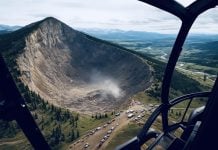


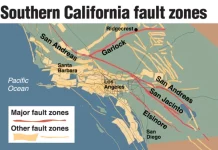
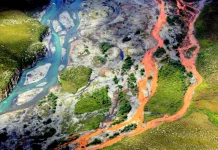
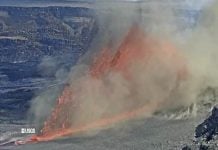

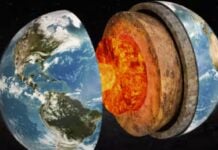

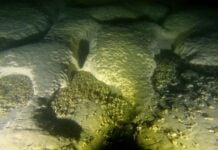

I know. It’s from last time Planet X destroyed our planet-its in permafrost. In fact it could be from current close encounter. Whatever it’s from Planet X!!!!
Fukushima, Japan melted down March 11, 2011. Radiation is still seeping into the Pacific and raining down on the earth. I’m sure its related to the warming and melting of iron in the rocks.